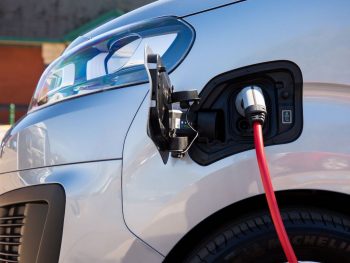BVRLA leasing fleet beats pre-pandemic levels but supply concerns mounting
The BVRLA leasing fleet grew 5.1% in 2021 to pass pre-pandemic levels as vans continued to drive the recovery of the sector.

The latest data shows a 21% reduction in CO2 emissions of new cars on the BVRLA fleet, down to 102.7g/km
That’s according to the association’s latest quarterly Leasing Outlook Report, which also shows more positive signs as the growth of the car fleet accelerates.
The new report, based on data to Q4 2021, shows that the BVRLA van fleet reached new heights, adding around 80,000 vehicles to reach nearly half a million. The year-on-year growth of 18.8% indicates an improving economy and highlights the essential role that vans play in keeping the UK’s supply chains healthy.
The car leasing sector also continues to see improved conditions. Having returned to growth in Q3 2021, the recovery continued in Q4 with a year-on-year increase of 55,000 vehicles. This performance is largely driven by PCH agreements, which remain on an upward trajectory as demand for personal leasing products was strong in 2021. The BCH fleet still accounts for 55% of the BVRLA fleet, with declines slowing (-2%, Q4 2021) and suggesting a return to growth is possible in 2022.
Average emissions of the fleet are also down, with a 21% improvement seen on average across new vehicles ordered in Q4 2021. This brings the average emissions of the BVRLA leasing fleet down to 102.7g/km. The decline is due to the continued shift to electric vehicles, with plug-ins accounting for 45% of orders in 2021, with the majority of them being zero-emission battery electric vehicles.
BVRLA chief executive Gerry Keaney said the growth outlined in the Leasing Outlook report should give confidence for success in a post-pandemic environment but warned about mounting challenges around vehicle supply. Its latest research found 94% of members says these are a primary concern, and average contract mileages are already increasing as more lease periods are having to be extended.
Keaney added: “The fleet leasing sector is driving demand for zero-emission vehicles but it is being starved of supply as manufacturers divert product to more lucrative sales channels. If this trend becomes a long-term one, the fleet sector will see more miles being driven in older, dirtier vehicles.”














